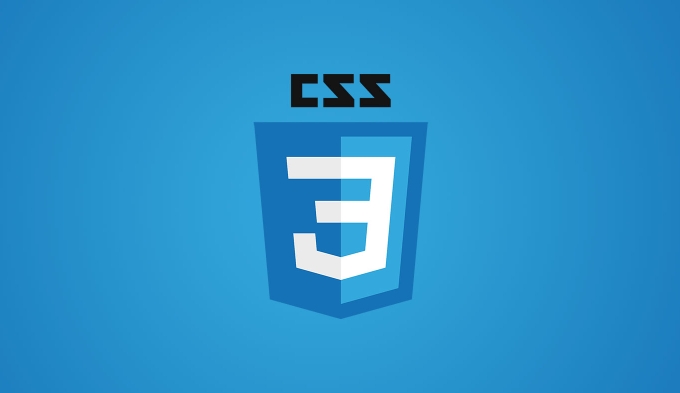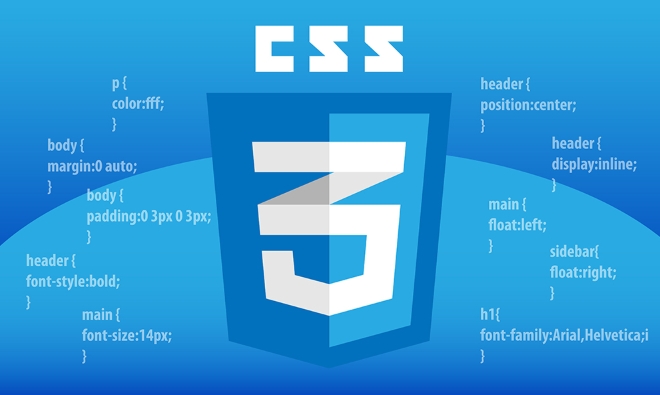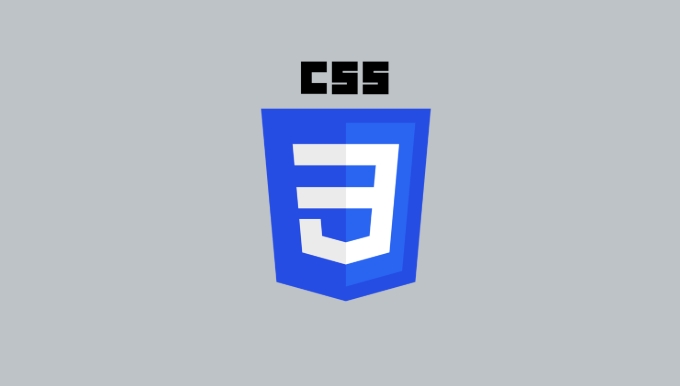To make lists stand out in web design, use CSS techniques in the following order: 1) Use list-style-type for basic changes like switching bullets or numbering styles; 2) Replace bullets entirely with list-style-image to use custom icons or images; 3) Style markers manually using ::before pseudo-elements for full creative control; and 4) Use CSS counters for fully customizable numbered lists including dynamic formatting. Each method progressively offers more control starting from simple adjustments to complete customization.

When you want to make your lists stand out in a web design, default bullet points or numbers probably won’t cut it. The good news is that with CSS, you can create custom list styles that match your site’s visual tone — and it's not as hard as it might sound.

Use list-style-type for basic changes
If you're looking to change the appearance of bullets or numbering without going too wild, the list-style-type property is a solid starting point.
<ul></ul>), you can switch from the default disc to things like circle, square, or even none if you plan to style them manually.
<li>For ordered lists (<ol></ol>), you can use values like upper-roman, lower-alpha, or decimal-leading-zero.
Example:

ul {
list-style-type: square;
}
ol {
list-style-type: upper-roman;
}This won't give you full visual control, but it's great for quick tweaks.
Replace bullets completely with list-style-image
If you want to replace standard bullets with custom icons or images, list-style-image is the way to go.

You just need an image file (like a PNG) and a bit of CSS:
ul {
list-style-image: url('bullet-star.png');
}Keep in mind:
<ul><li>The image should be small enough to fit naturally next to the text.<li>Not all browsers handle spacing exactly the same, so test across platforms.<li>You might still want to adjust padding or margin on the<ul> to align everything nicely.This method gives more personality than list-style-type, but it's still limited when you want total control.
Style list markers manually with pseudo-elements
For full creative freedom — like adding background colors, custom shapes, or positioning bullets exactly where you want — you'll want to hide the default markers and build your own using ::before pseudo-elements.
Here’s how:
- <li>Set
list-style: none; to remove default bullets or numbers.<li>Use position: relative; on the <li> so you can absolutely position your custom bullet inside.<li>Add a ::before pseudo-element with content, styling, and positioning.Example:
ul {
list-style: none;
padding-left: 0;
}
li {
position: relative;
padding-left: 20px;
}
li::before {
content: "?";
color: red;
font-size: 20px;
position: absolute;
left: 0;
top: 0;
}With this technique, you’re no longer stuck with what the browser provides. You can use icons via fonts (like Font Awesome), emojis, or SVGs inside content.
Bonus tip: Use counters for custom numbered lists
If you want to customize how numbers appear in an ordered list, CSS counters are your friend. They let you generate and style numbers dynamically.
How to do it:
ol {
counter-reset: my-counter;
list-style: none;
}
li {
position: relative;
padding-left: 30px;
}
li::before {
counter-increment: my-counter;
content: counter(my-counter) ".";
position: absolute;
left: 0;
}Now you can format numbers any way you like — add prefixes, suffixes, or even style them differently from the rest of the text.
That’s about it. Customizing list styles with CSS isn’t complicated once you know which tools to use. Start simple with list-style-type, get creative with list-style-image, or take full control with pseudo-elements and counters. It doesn’t require advanced skills, just a little attention to detail.
The above is the detailed content of Explain how to create custom list styles using CSS. For more information, please follow other related articles on the PHP Chinese website!

Hot AI Tools

Undress AI Tool
Undress images for free

Undresser.AI Undress
AI-powered app for creating realistic nude photos

AI Clothes Remover
Online AI tool for removing clothes from photos.

Clothoff.io
AI clothes remover

Video Face Swap
Swap faces in any video effortlessly with our completely free AI face swap tool!

Hot Article

Hot Tools

Notepad++7.3.1
Easy-to-use and free code editor

SublimeText3 Chinese version
Chinese version, very easy to use

Zend Studio 13.0.1
Powerful PHP integrated development environment

Dreamweaver CS6
Visual web development tools

SublimeText3 Mac version
God-level code editing software (SublimeText3)

Hot Topics
 What is 'render-blocking CSS'?
Jun 24, 2025 am 12:42 AM
What is 'render-blocking CSS'?
Jun 24, 2025 am 12:42 AM
CSS blocks page rendering because browsers view inline and external CSS as key resources by default, especially with imported stylesheets, header large amounts of inline CSS, and unoptimized media query styles. 1. Extract critical CSS and embed it into HTML; 2. Delay loading non-critical CSS through JavaScript; 3. Use media attributes to optimize loading such as print styles; 4. Compress and merge CSS to reduce requests. It is recommended to use tools to extract key CSS, combine rel="preload" asynchronous loading, and use media delayed loading reasonably to avoid excessive splitting and complex script control.
 External vs. Internal CSS: What's the Best Approach?
Jun 20, 2025 am 12:45 AM
External vs. Internal CSS: What's the Best Approach?
Jun 20, 2025 am 12:45 AM
ThebestapproachforCSSdependsontheproject'sspecificneeds.Forlargerprojects,externalCSSisbetterduetomaintainabilityandreusability;forsmallerprojectsorsingle-pageapplications,internalCSSmightbemoresuitable.It'scrucialtobalanceprojectsize,performanceneed
 Does my CSS must be on lower case?
Jun 19, 2025 am 12:29 AM
Does my CSS must be on lower case?
Jun 19, 2025 am 12:29 AM
No,CSSdoesnothavetobeinlowercase.However,usinglowercaseisrecommendedfor:1)Consistencyandreadability,2)Avoidingerrorsinrelatedtechnologies,3)Potentialperformancebenefits,and4)Improvedcollaborationwithinteams.
 CSS Case Sensitivity: Understanding What Matters
Jun 20, 2025 am 12:09 AM
CSS Case Sensitivity: Understanding What Matters
Jun 20, 2025 am 12:09 AM
CSSismostlycase-insensitive,butURLsandfontfamilynamesarecase-sensitive.1)Propertiesandvalueslikecolor:red;arenotcase-sensitive.2)URLsmustmatchtheserver'scase,e.g.,/images/Logo.png.3)Fontfamilynameslike'OpenSans'mustbeexact.
 What is Autoprefixer and how does it work?
Jul 02, 2025 am 01:15 AM
What is Autoprefixer and how does it work?
Jul 02, 2025 am 01:15 AM
Autoprefixer is a tool that automatically adds vendor prefixes to CSS attributes based on the target browser scope. 1. It solves the problem of manually maintaining prefixes with errors; 2. Work through the PostCSS plug-in form, parse CSS, analyze attributes that need to be prefixed, and generate code according to configuration; 3. The usage steps include installing plug-ins, setting browserslist, and enabling them in the build process; 4. Notes include not manually adding prefixes, keeping configuration updates, prefixes not all attributes, and it is recommended to use them with the preprocessor.
 What are CSS counters?
Jun 19, 2025 am 12:34 AM
What are CSS counters?
Jun 19, 2025 am 12:34 AM
CSScounterscanautomaticallynumbersectionsandlists.1)Usecounter-resettoinitialize,counter-incrementtoincrease,andcounter()orcounters()todisplayvalues.2)CombinewithJavaScriptfordynamiccontenttoensureaccurateupdates.
 CSS: When Does Case Matter (and When Doesn't)?
Jun 19, 2025 am 12:27 AM
CSS: When Does Case Matter (and When Doesn't)?
Jun 19, 2025 am 12:27 AM
In CSS, selector and attribute names are case-sensitive, while values, named colors, URLs, and custom attributes are case-sensitive. 1. The selector and attribute names are case-insensitive, such as background-color and background-Color are the same. 2. The hexadecimal color in the value is case-sensitive, but the named color is case-sensitive, such as red and Red is invalid. 3. URLs are case sensitive and may cause file loading problems. 4. Custom properties (variables) are case sensitive, and you need to pay attention to the consistency of case when using them.
 What is the conic-gradient() function?
Jul 01, 2025 am 01:16 AM
What is the conic-gradient() function?
Jul 01, 2025 am 01:16 AM
Theconic-gradient()functioninCSScreatescirculargradientsthatrotatecolorstopsaroundacentralpoint.1.Itisidealforpiecharts,progressindicators,colorwheels,anddecorativebackgrounds.2.Itworksbydefiningcolorstopsatspecificangles,optionallystartingfromadefin






